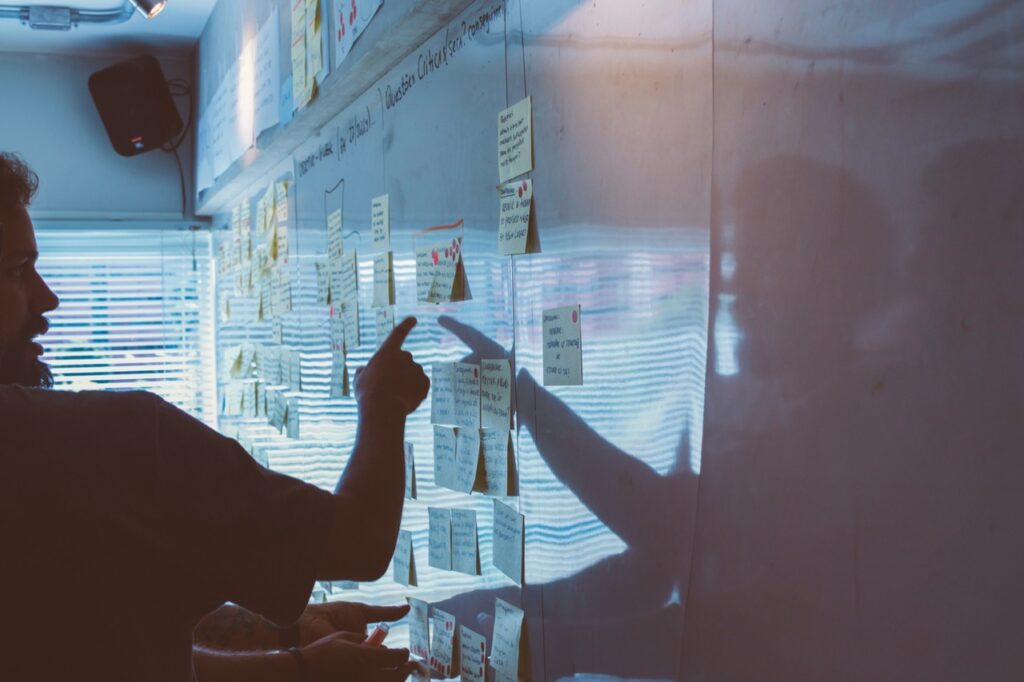Getting Things Done (GTD) is a productivity system designed to help you achieve your goals in the shortest amount of time. It’s based on five processes that are simple but powerful, and can be applied to any kind of project. In this blog post, we’ll cover what GTD is, the benefits it can bring, and a brief overview of the five processes involved.
What is Getting Things Done (GTD)?
Getting Things Done (GTD) was developed by David Allen and outlined in his book of the same name. The basic premise behind GTD is that by writing down all tasks and organizing them into actionable steps, it’s easier to focus on what needs to be done without getting overwhelmed or distracted. The goal of GTD is to give project founders and CEOs a framework for managing their projects quickly and efficiently.
Benefits of GTD
There are several benefits to using GTD:
• It helps reduce stress by breaking big tasks into more manageable pieces. • It allows for better prioritization of tasks based on importance or urgency. • It encourages delegation when appropriate, which improves team efficiency.
• It streamlines the process of getting things done quickly and accurately.
• It provides an easy way to track progress on work-related projects. Overview of the Five Processes Involved With GTD A key part of GTD is understanding the five processes involved with completing any task or project: collecting tasks, processing tasks, organizing tasks, doing tasks, and reviewing progress. Each process has its own set of steps that need to be followed in order for the task or project to be completed successfully. Collecting Tasks Collecting tasks involves ensuring that all relevant information related to a task or project have been gathered before beginning work on it. This includes anything from notes taken during meetings to emails sent about the project as well as online research related to it. It’s important to collect all relevant materials before beginning work so that nothing gets overlooked later down the line. There are several ways to effectively collect tasks such as utilizing a task management tool like Todoist, writing down your tasks in a notebook or calendar, creating a master list of all your upcoming projects/tasks etc . Using technology like Artificial Intelligence can also help in collecting and managing tasks efficiently .
Processing Your Tasks Processing your tasks involves going through each one individually and deciding how best to approach it—which may involve delegating some responsibilities if possible—as well as breaking larger projects into smaller pieces that can be tackled one at a time . It also means double-checking everything is completed correctly and on time . This step helps prevent confusion later down the line as well as ensuring that no important details get overlooked while working on each task/project.. Organizing Your Tasks Organizing your tasks involves setting up an effective system that works for you so you know exactly where each task stands at any given moment . This could include utilizing labels , color codes , tags , folders etc., creating reference material for quick access ,or setting up reminders so you don’t forget about any deadlines coming up..
Conclusion:
Getting Things Done (GTD) is an incredibly powerful productivity system that can help anyone manage their projects quickly and effectively . By following these five simple steps—collecting tasks , processing your tasks , organizing your tasks , doing your tasks ,and reviewing progress —you should find yourself much better equipped for tackling whatever comes next ! With GTD’s straightforward yet effective approach to managing projects efficiently ,you’ll soon be crossing off items from your ever-growing list with ease! For more information about how you can use GTD for yourself or within your business, reach outto us today!


